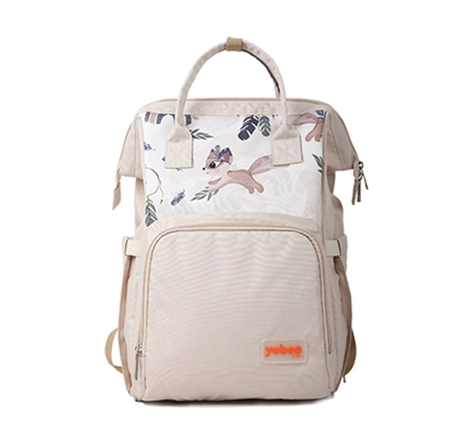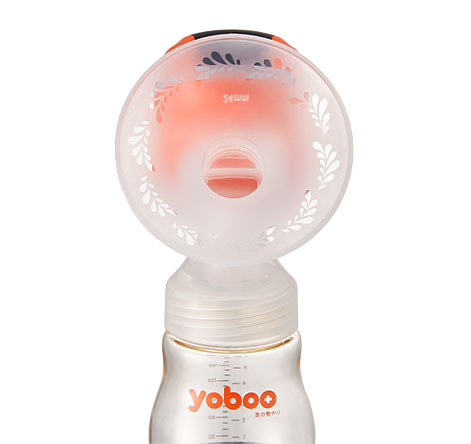With the improvement of people's living standards, the concept of health and cleanliness awareness has also increased. Especially during the outbreak of the novel coronavirus pneumonia, people have realized that personal hygiene is crucial for prevention, and they are paying more and more attention to personal hygiene. In order to avoid incidents and protect children's health and safety, a risk assessment is conducted on three preservatives commonly found in products: methylisothiazolinone, hydroxybenzoates, and phenoxyethanol. The following consumer recommendations are now proposed.
Overview of wet wipes for newborn products
Wipes are disposable sanitary products used to wipe the skin and have basic functions of cleaning and moisturizing. Baby wipes generally consist of two parts: the substrate and the liquid. Currently, most wipes on the market use non-woven fabrics as the substrate, with hydroentangled non-woven fabrics being the main type. The liquid composition generally includes purified water, moisturizers, preservatives, and fragrances. According to standards, wipes can be classified into wipes for human use and wipes for objects. Wipes for human use include regular wipes and sanitary wipes, while wipes for objects include kitchen wipes, sanitary appliance wipes, and wipes for other purposes. Baby wipes are specifically designed for infants and children under the age of 3.
Choosing high-quality wet wipes for newborn
When purchasing, choose reliable brands with a hygiene license issued by the manufacturer.
Check the label of wet wipes for newborn, which should include information such as the main raw materials, manufacturer, production date, and expiration date. Sanitary wipes should also indicate the sterilizing active ingredients and their concentrations, instructions for use, usage scope, and precautions.
Try to choose individually packaged wipes. If using pull-out wipes, they should be sealed after each use and used up as soon as possible to prevent the active ingredients from evaporating or being contaminated.
It is advisable to choose fragrance-free wipes without any special functional claims for infants and children.
When conditions permit, the following three steps can be taken to determine the quality of wipes:
Smell: Generally, high-quality wipes have no obvious odor or a mild scent, while inferior wipes have a strong irritating smell.
Look: High-quality wipes do not produce visible lint during use, while inferior wipes do.
Test: Gently wipe a small area of the forearm with the wipes, wait for a period of time, and observe if any adverse reactions occur, such as stinging, redness, or rash.
Precautions for use
Wipes should be used within their shelf life. If mold spots are found on the wipes, do not continue using them.
Wipes should not be reused multiple times. When wipes are reused, they not only fail to remove bacteria but also transfer some of the surviving bacteria to uncontaminated surfaces. Therefore, they should be discarded promptly after use.
Avoid wiping the face, lips, eyes, and mucous membranes with wipes.
If any adverse reactions occur on the infant's skin during the use of wet wipes for newborn, stop using them immediately. In severe cases, seek medical attention promptly.
Wiping hands with wipes is not equivalent to washing hands. No matter how many times wipes are used to wipe hands, they cannot achieve the same effect as handwashing. Moreover, chemical residues may remain on the hands after using wipes. If conditions allow, please rinse hands thoroughly with running water.












